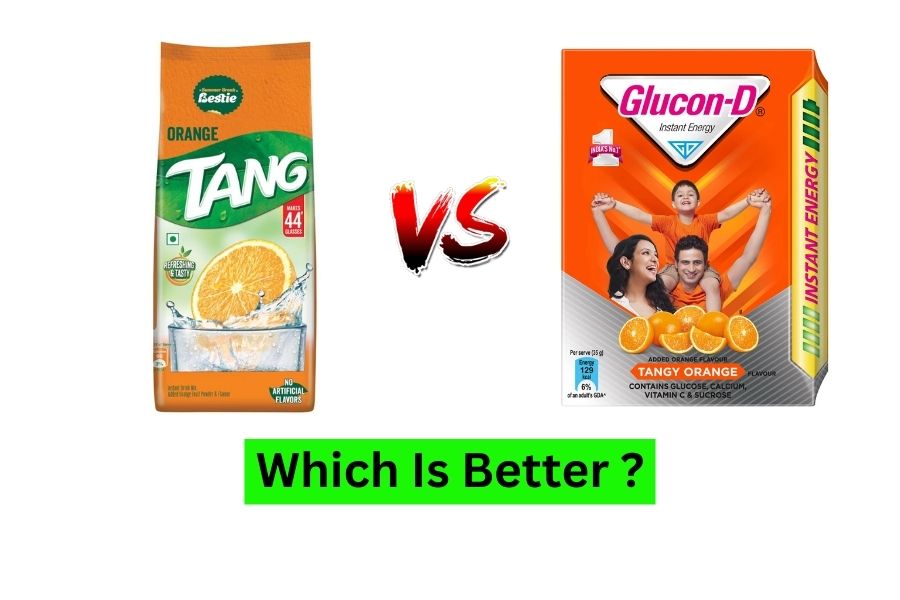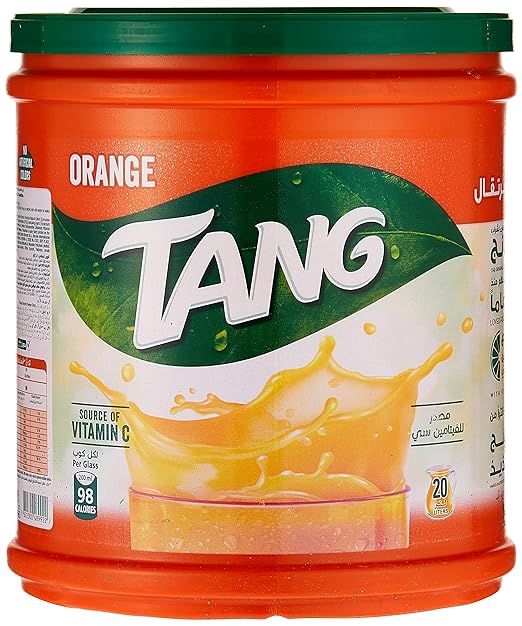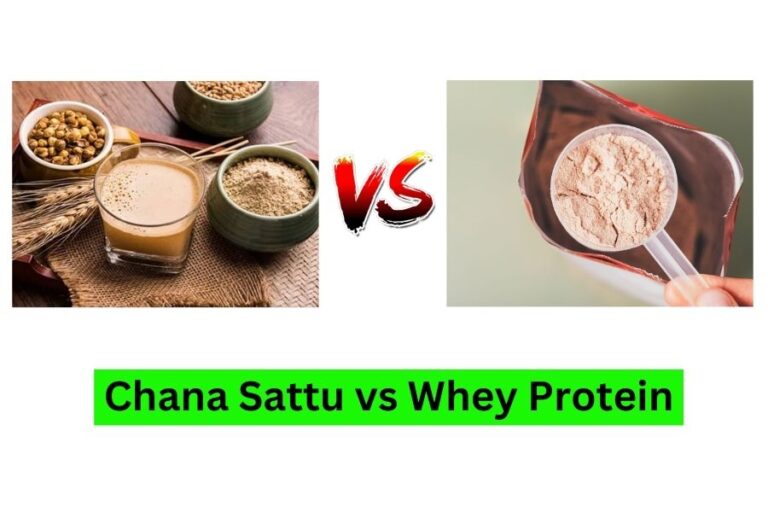Here we are going to discuss Tang vs Glucon D. In the realm of instant energy drinks, two popular options stand out Tang and Glucon D. These beverages are cherished for their ability to revitalize the body quickly, especially during times of fatigue or dehydration. However, when it comes to the difference between Tang and Glucon D, it’s essential to understand their compositions, benefits, and suitability to your needs.
Tang vs Glucon D
What is Tang ?
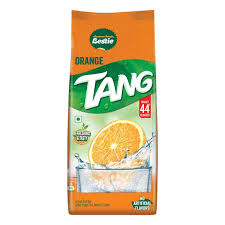
Tang is a powdered drink mix that, when mixed with water, creates a flavorful beverage. It typically contains sugar, artificial flavors, and a blend of vitamins, providing a quick energy boost and supporting overall health.
What is Glucon D ?
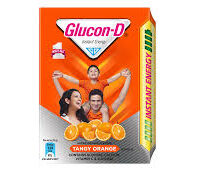
Glucon D is a powdered glucose-based energy drink mix. It is designed to replenish glucose levels rapidly, providing an instant energy boost. Additionally, it contains minerals like calcium and phosphorus, along with vitamin D, aiding in hydration and supporting bone health.
Taste and Texture
Tang offers fruity flavors and a smooth texture when mixed with water. It typically has a refreshing and tangy taste, resembling that of fruit juices.
Glucon D has a sweeter taste compared to Tang, owing to its high glucose content. Its texture is slightly grainy due to the presence of glucose powder, providing a quick energy boost.
Nutritional facts
Nutritional facts for Tang vs Glucon D per 100g
| Nutrient | Tang (Per 100g) | Glucon D (Per 100g) |
|---|---|---|
| Calories | 396 kcal | 374 kcal |
| Sodium | 0 mg | 440 mg |
| Total Carbohydrates | 97 g | 93 g |
| Dietary Fiber | 0 g | 0 g |
| Vitamin C | 60 mg | 50 mg |
| Vitamin D | 0 g | 200 IU |
| Total Fat | 0 g | 0 g |
| Saturated Fat | 0 g | 0 g |
| Trans Fat | 0 g | 0 g |
| Cholesterol | 0 mg | 0 mg |
| Protein | 0 g | 0 g |
| Calcium | 0 mg | 500 mg |
| Phosphorus | 0 mg | 100 mg |
Ingredients
Tang primarily consists of sugar, artificial flavors, and a blend of vitamins, including vitamin C and vitamin B complex. Its powdered form makes it convenient for mixing with water, creating a refreshing and flavorful beverage.
Glucon D is formulated with glucose, minerals like calcium and phosphorus, and vitamins, notably vitamin D. Its composition aims to replenish glucose levels rapidly, making it a popular choice for combating fatigue and preventing dehydration.
Health Benefits
Tang offers a quick energy boost due to its sugar content, making it an ideal choice for replenishing energy levels during physical activity or after a bout of tiredness. Additionally, its vitamin-enriched formula provides a dose of essential nutrients, supporting overall health and immunity.
Glucon D serves as a quick source of energy, thanks to its high glucose content. Moreover, its mineral and vitamin components aid in maintaining electrolyte balance and supporting bone health, making it a favorable option for active individuals and those in need of hydration.
Hydration and Electrolytes
Glucon D excels in providing rapid hydration and replenishing electrolytes, making it particularly effective for combating dehydration and fatigue during intense physical activity or hot weather conditions.
Usage and Recommendations
Tang is suitable for consumption throughout the day as a refreshing beverage or as a source of quick energy during physical exertion.
Glucon D is best consumed during or after strenuous activities, prolonged exposure to heat, or instances of dehydration to replenish lost fluids and electrolytes efficiently.
Cost comparison
Tang is generally more affordable compared to Glucon D. It is available in larger quantities for a lower price per serving. Glucon D tends to be slightly more expensive than Tang due to its added minerals and vitamins. It comes in smaller packaging sizes, resulting in a higher cost per serving.
Tang vs. Glucon D Which is Better?
Choosing between Tang and Glucon D depends on individual preferences and requirements. If you prioritize a well-rounded energy drink with a blend of vitamins, Tang may be the ideal choice. On the other hand, if you seek rapid hydration and glucose replenishment, Glucon D could be more suitable.
Does Glucon D increase weight?
Glucon D can contribute to weight gain if consumed in excess due to its high sugar content. Moderation is key.
Can we drink Glucon D with hot water?
It’s not recommended to mix Glucon D with hot water as it may alter its effectiveness. It’s best consumed with cold or room temperature water.
Is Tang good for hydration?
While Tang can help with hydration due to its water content when mixed, it’s not as effective as drinks specifically formulated for hydration like Glucon D.
Tang vs. Glucon D for weight loss
Neither Tang nor Glucon D is specifically designed for weight loss. Both contain calories from sugars and should be consumed in moderation as part of a balanced diet.
Tang vs. Glucon D calories
Both Tang and Glucon D contain calories primarily from sugars. Tang typically has slightly higher calorie content per serving compared to Glucon D.
Conclusion
Both Tang and Glucon D offer unique benefits, ranging from energy replenishment to hydration and nutritional support. Understanding their compositions and intended uses can help you make an informed decision based on your specific needs and preferences.
Related Faq
What is a healthy alternative to Tang?
A healthy alternative to Tang is homemade fruit-infused water or natural fruit juices. These options offer hydration and essential vitamins without added sugars or artificial flavors. Additionally, coconut water or sports drinks with lower sugar content are also good alternatives for staying hydrated.
Is it okay to drink Tang daily?
Yes, it’s okay to drink Tang daily, but moderation is key. It’s important to balance it with other beverages and maintain a varied diet for overall health.
Who should not drink glucon D?
Individuals with diabetes or other conditions requiring strict sugar control should avoid consuming Glucon D without consulting a healthcare professional.
Can I drink glucon D daily?
Yes, you can drink Glucon D daily, but it’s essential to consume it in moderation and as part of a balanced diet. If you have any health concerns or medical conditions, it’s advisable to consult with a healthcare professional before making it a regular part of your routine.
Which country is Tang from?
Tang was introduced in 1957 by General Foods Corporation in the United States.
